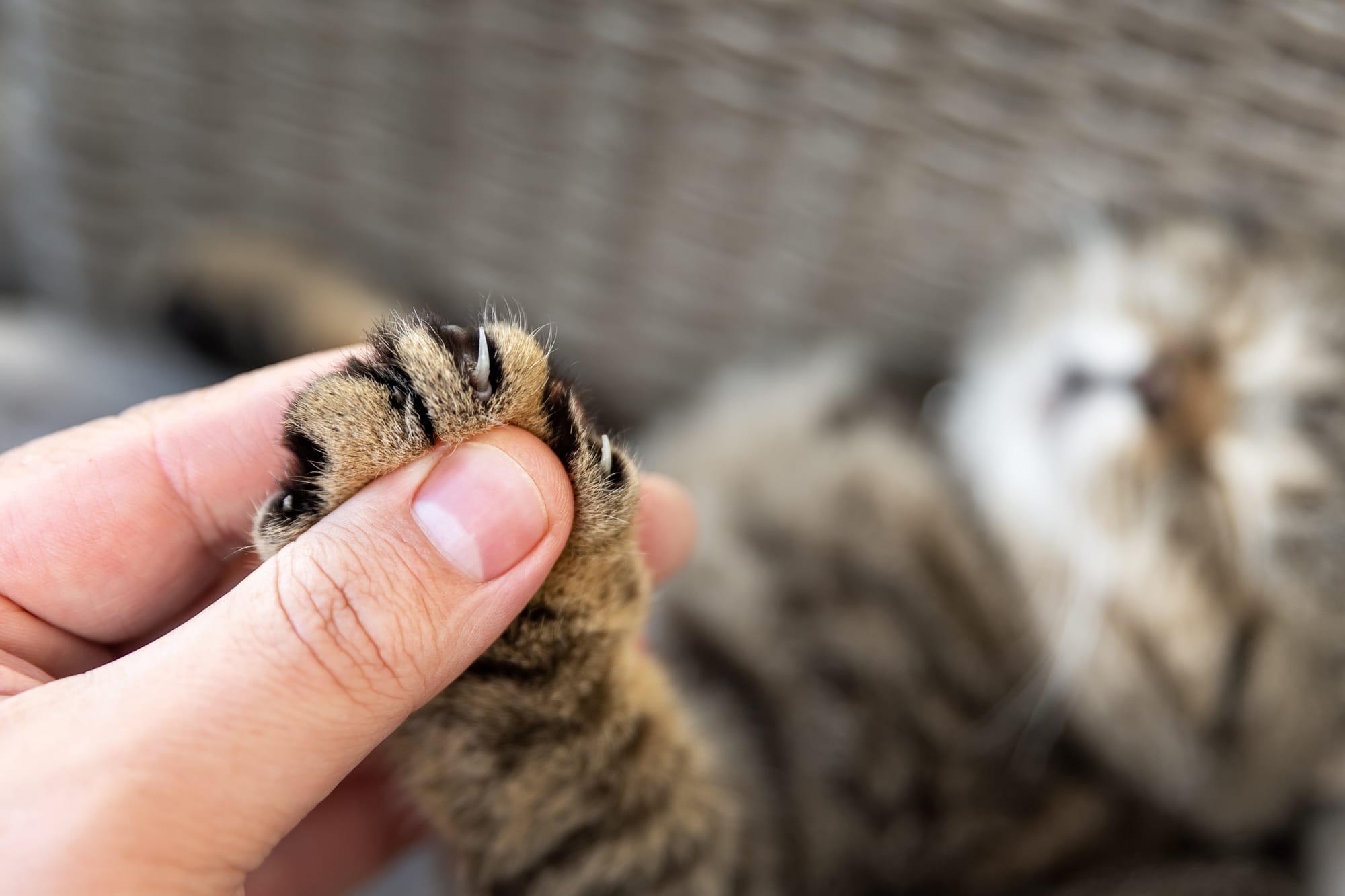The Dos and Don'ts of Cat Nail Trimming

Trimming a cat's nails can be a daunting task, both for new pet owners and seasoned feline enthusiasts alike. However, with the right approach, it can become a smooth, stress-free experience for you and your furry friend. Here's an in-depth look at the dos and don'ts of cat nail trimming to help you navigate this essential aspect of pet care successfully.
The Dos of Cat Nail Trimming
- Do Familiarize Your Cat with the Process: Begin by getting your cat used to having its paws handled. Gently massage their paws regularly, pressing softly to extend the nails. This can help desensitize them to the sensation, making the actual trimming process much easier.
- Do Use the Right Tools: Invest in a quality pair of nail clippers designed specifically for cats. These are usually smaller and more precise, allowing for a cleaner cut without damaging the delicate structure of their nails.
- Do Trim Regularly: Regular trimming helps prevent your cat's nails from becoming overly long, which can lead to painful splits or breaks. It also reduces the risk of them getting caught in carpets, fabrics, or scratching unintentionally.
- Do Start Young: If possible, start the nail-trimming routine when your cat is still a kitten. This helps them adjust to the process as a normal part of their grooming routine, making it easier as they grow older.
- Do Trim in a Comfortable Setting: Choose a quiet, well-lit space where your cat feels safe and comfortable. Avoid trimming their nails when they're anxious or overly energetic. Aim for a time when they are calm, such as after a meal or playtime.
- Do Reward Your Cat: After each nail-trimming session, reward your cat with their favorite treat or engage in a play session. This positive reinforcement can help build a positive association with nail trimming over time.
- Do Check for the "Quick": The quick is the part of the nail that contains blood vessels and nerves. It's visible as a pink area through the nail in cats with light-colored claws but harder to see in cats with dark nails. Always aim to cut well clear of the quick to avoid pain and bleeding.
- Do Be Patient and Gentle: Approach nail trimming with patience and care. If your cat resists, take a break and try again later. Never force them, as this can lead to stress and anxiety, making future attempts more difficult.
The Don'ts of Cat Nail Trimming
- Don't Use Human Nail Clippers: Human nail clippers can splinter and damage a cat's nails. Always use clippers specifically designed for cats to ensure a clean, safe cut.
- Don't Cut Too Close to the Quick: Cutting into the quick not only causes your cat pain but can also lead to bleeding and infection. If you accidentally cut the quick, apply styptic powder or cornstarch to stop the bleeding.
- Don't Rush the Process: Trying to trim all your cat's nails in one go can be stressful for both of you. If your cat becomes agitated, it's perfectly fine to trim a few nails at a time, spreading the task over several days if necessary.
- Don't Neglect Regular Checks: Even if your cat's nails don't need trimming, regularly check them, including the dewclaw (the thumb) which can grow in a circle and embed into the paw if left unchecked.
- Don't Ignore Signs of Distress: Cats can become stressed or anxious for various reasons. If your cat shows signs of distress during nail trimming, such as growling, hissing, or attempting to flee, stop immediately and try again later, or consult a professional groomer or veterinarian.
- Don't Forgo Professional Help If Needed: If you're uncomfortable or unable to trim your cat's nails, it's okay to seek professional help. Veterinarians and professional groomers are skilled at handling cats and can perform the task with minimal stress.
- Don't Overlook the Importance of Claw Maintenance: Regular nail trimming is just one aspect of claw maintenance. Providing your cat with appropriate scratching posts and pads can help them naturally wear down their nails and stretch their muscles.
- Don't Punish Your Cat for Being Fearful or Resistant: Punishing your cat for negative reactions during nail trims can lead to a longer-term fear of the process. Instead, focus on gradual desensitization and positive reinforcement to build trust and cooperation.
Trimming your cat's nails doesn't have to be a battle. With patience, the right tools, and a gentle approach, you can make nail trimming a positive experience for you and your cat. Remember, each cat is unique, so what works for one may not work for another. Pay attention to your cat's cues and adjust your technique as needed. Over time, nail trimming can become a quick and easy part of your regular pet care routine, contributing to your cat's overall health and well-being.


